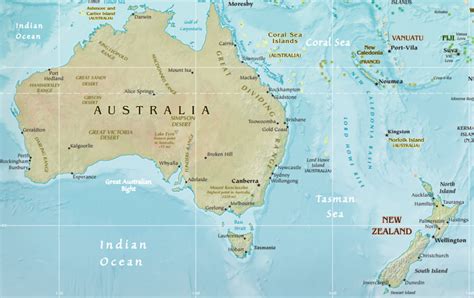The A320 is a very popular aircraft in airline service around the world. It is the only aircraft that competes well against the Boeing 737, which is the best-selling airliner of all time, introduced 21 years earlier than the A320. In recent years the A320 has outsold 737. The delivery race is illustrated in the following chart.
How are the A320s operating in the US performing?
There were 447 A320s flying for US-based carriers up to 2Q13, which is the most recent data we could find. Although Allegiant is a new operator of the type, the aircraft acquired from Cebu are well used. Delta’s A320s are all ex-Northwest and, as expected, old. United’s A320s are of equal vintage and US Airways (Airbus’ largest customer) are nearly as old. Frontier, Spirit and Virgin America have a very young fleet, and JetBlue is midway between the younger and older groups, as shown in the table below: The A320 fleet operating in the US is, on average, 11.4 years old. Airbus deliveries into the US market have been good for Airbus in some years and slow in others. Certainly after 1997, A320 deliveries have come on strong in with US-based carriers. On average, despite being arguably the world’s largest air travel market over the period, Airbus delivered an average of 17.9 A320s per year to the US. (By comparison, Boeing delivered 607 737-800s, or an average of 37.91 aircraft per year to US airlines.)
The A320 fleet operating in the US is, on average, 11.4 years old. Airbus deliveries into the US market have been good for Airbus in some years and slow in others. Certainly after 1997, A320 deliveries have come on strong in with US-based carriers. On average, despite being arguably the world’s largest air travel market over the period, Airbus delivered an average of 17.9 A320s per year to the US. (By comparison, Boeing delivered 607 737-800s, or an average of 37.91 aircraft per year to US airlines.)
Performance of the fleet can be measured in multiple ways, but one important factor is delays. Combining fleet data and DOT data, we can measure performance for non-weather and non-ATC related delays. The following table shows the number of delays over 15 minutes by aircraft age. While delays occur for different reasons, including some carriers waiting for connecting passengers, with an adequate sample size, ceteris paribus, any trends with aircraft age should be readily apparent.
How have operating costs changed?
As we review the aging of the US-based A320 fleet, consider the costs of keeping these aircraft in service. The following chart illustrates the key operating costs for the US-based A320 fleet. Costs started to rise between 2005 and 2010 as one would expect. Even with higher fuel costs after 2010, the total air operating costs an A320 has risen by 53.5% between 2005 and 3Y13. The CPI rose in the same period by 19.3% while Jet-A prices rose by 155.5%. Airlines have managed to hold down A320 operating costs well below the cost increases in key inputs like labor and fuel.
In conclusion, the A320 appears to be aging and it is aging well, with few delays. The data suggests that the answer appears to be there is little difference with aircraft age, provided airlines keep their fleets well maintained. It’s a positive story for Airbus, and shows that older aircraft can remain effective. Which means that the policy at Delta, of keeping older aircraft, appears to be justified.
Views: 2





the delivery chart is somehow wrong. Airbus has delivered more 320s than 737s continuously since 2001:
http://en.wikipedia.org/wiki/Competition_between_Airbus_and_Boeing
Or do you compare all 737 versions against only the 320, without 321 and 319 ?
A proper comparison would be between the entire A320 family and the 737 family.
We are only looking at A320s in the US